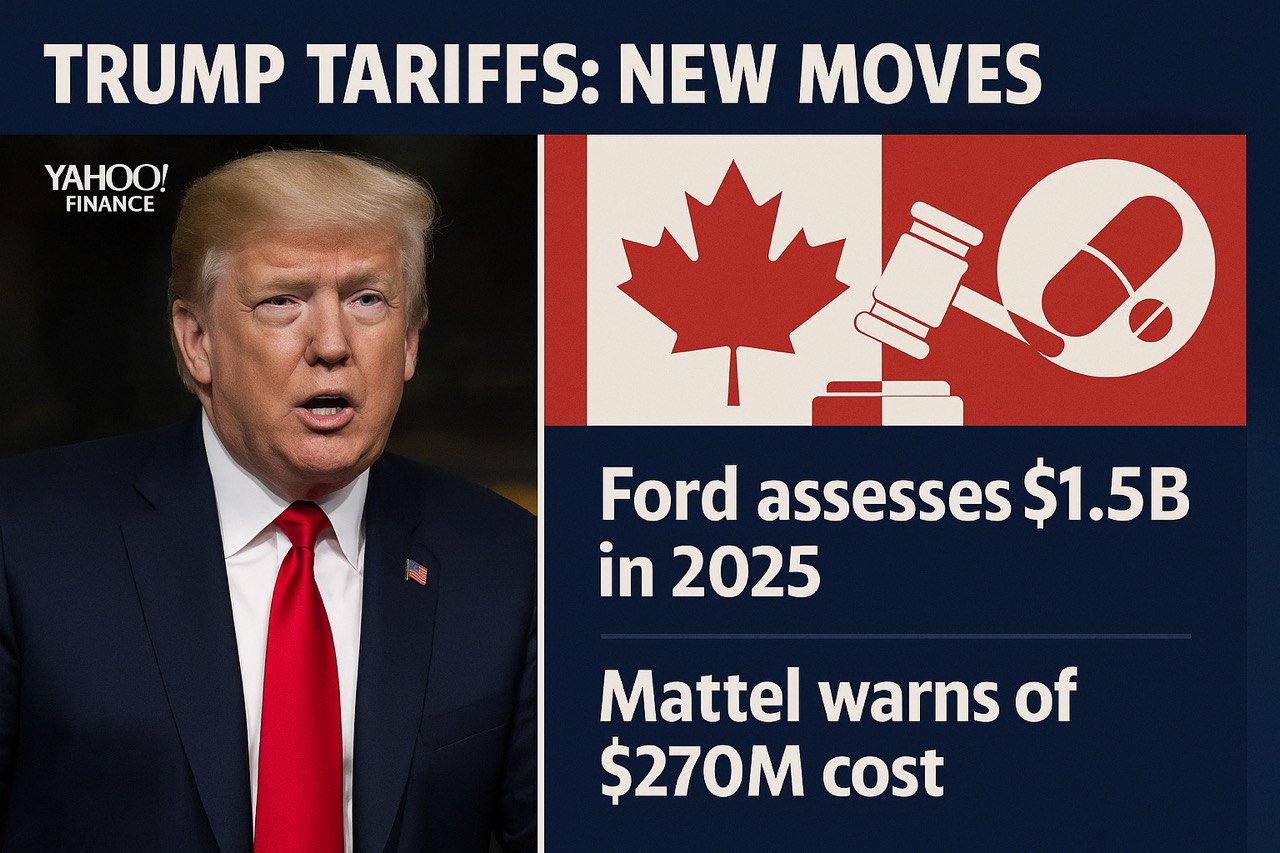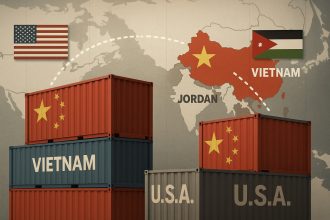On May 06, 2025, President Trump met with Canadian Prime Minister Mark Carney at the White House, marking their first in-person interaction since Carney’s election. The meeting, covered by various news outlets, focused on U.S.-Canada trade relations amidst ongoing tariff disputes. Trump hinted at imposing “major” tariffs on pharmaceutical imports, stating on Monday, May 05, 2025, that he would determine the rates over the next couple of weeks. This follows his earlier comments on Air Force One, suggesting tariffs “at a level that you haven’t really seen before”.
Trump’s rhetoric emphasized self-sufficiency, particularly in critical sectors like pharmaceuticals, citing reliance on foreign countries during the COVID-19 pandemic. However, this approach has sparked debate. Proponents argue it protects American jobs and industries, while critics warn of higher consumer prices and strained international relations. The meeting with Carney was cordial yet tense, with Carney firmly rejecting Trump’s earlier suggestion of Canada becoming the 51st state, stating, “Respectfully, Canadians’ view on this is not going to change”.
Economic Impacts on Major Companies
The tariff policies are already affecting major U.S. companies, with tangible figures highlighting the stakes. Ford, a cornerstone of American manufacturing, estimates a $1.5 billion loss in 2025 due to tariffs. This loss stems from increased costs on imported parts and materials, which could lead to higher car prices for consumers.
Similarly, Mattel, the toy giant, has warned of price increases in the U.S. due to an additional $270 million in costs from tariffs this year. The company, which imports about 20% of its U.S.-sold items from China, stated, “Given the volatile macroeconomic environment and evolving U.S. tariff landscape, it is difficult to predict consumer spending and Mattel’s U.S. sales”. This could mean higher prices for popular toys, affecting families already facing economic pressures.
| Company | Estimated Impact | Potential Consumer Effect |
| Ford | $1.5 billion loss in 2025 | Higher car prices |
| Mattel | $270 million added costs | Increased toy prices |
These impacts illustrate how tariffs can ripple through the economy, affecting not just corporations but also everyday consumers. As a journalist, I can’t help but think about how this affects the little things—like buying a new Barbie doll for my niece or picking up a prescription for my dad. It’s a reminder that economic policies have real, human consequences.
Broader Trade Implications and Global Concerns
The U.S.-Canada trade relationship is at a crossroads, with Trump’s tariffs exacerbating tensions. Canada has threatened retaliatory measures, with Carney vowing to respond “with purpose and with force”. This follows previous actions, such as imposing 25% tariffs on over $20 billion of U.S. imports when Trump temporarily imposed tariffs on Canadian goods. The risk of a trade war looms large, with potential consequences for global markets, higher prices, and job losses in industries reliant on imports.
Economists warn that protectionist measures like these could reduce competitiveness for American companies and disrupt supply chains. The U.S. trade deficit in goods and services soared to a record $140.5 billion in March 2025, adding fuel to the fire. This uncertainty makes it challenging for businesses to plan, with ripple effects felt by workers and consumers alike.
Pharmaceutical Sector Reactions and Long-Term Concerns
The pharmaceutical industry is particularly vulnerable to Trump’s proposed tariffs. On April 09, 2025, Trump doubled down on plans for “major” pharmaceutical tariffs, to be announced “very shortly”. Industry leaders have pushed back, with Eli Lilly CEO David Ricks warning that tariffs could hurt drug research and development. “We can’t breach those agreements, so we have to eat the cost of the tariffs and make trade-offs within our own companies,” Ricks told the BBC. “Typically, that will be in reduction of staff or research and development, and I predict R&D will come first. That’s a disappointing outcome”.
Analysts from TD Cowen, like Steve Scala, note that predicting the impact is difficult due to complex manufacturing networks. Companies with more U.S. plants, such as Eli Lilly, Bristol Myers Squibb, and AbbVie, are better positioned, while others like Novartis and Roche, with fewer U.S. facilities and higher international active ingredient sites, face greater risks. The potential for higher drug prices and slowed innovation in life-saving treatments is a significant concern, especially for patients relying on affordable medications.
In these uncertain times, many are turning to alternative investment opportunities to navigate the volatile market. One platform that’s gaining attention is PocketOption, a trading platform that offers a user-friendly interface for trading various assets, including stocks, commodities, and currencies. With the potential for tariffs to influence market dynamics, platforms like PocketOption provide tools for investors to stay informed and make strategic decisions.
It’s not a silver bullet, but it’s a reminder that staying adaptable is key when the economic landscape shifts so quickly. For readers looking to explore such options, it’s worth considering how these tools can help manage uncertainty.
As of May 07, 2025, the debate over Trump’s tariffs continues, with clear implications for consumers, businesses, and global trade. Whether you’re worried about rising prices for toys, cars, or medications, or an investor looking to adapt, staying informed is crucial. The decisions made today will shape the economic landscape for years to come. What are your thoughts on Trump’s tariff policies? Do you think they’ll benefit or harm the American economy in the long run? Share your opinions in the comments below, and let’s keep the conversation going.





